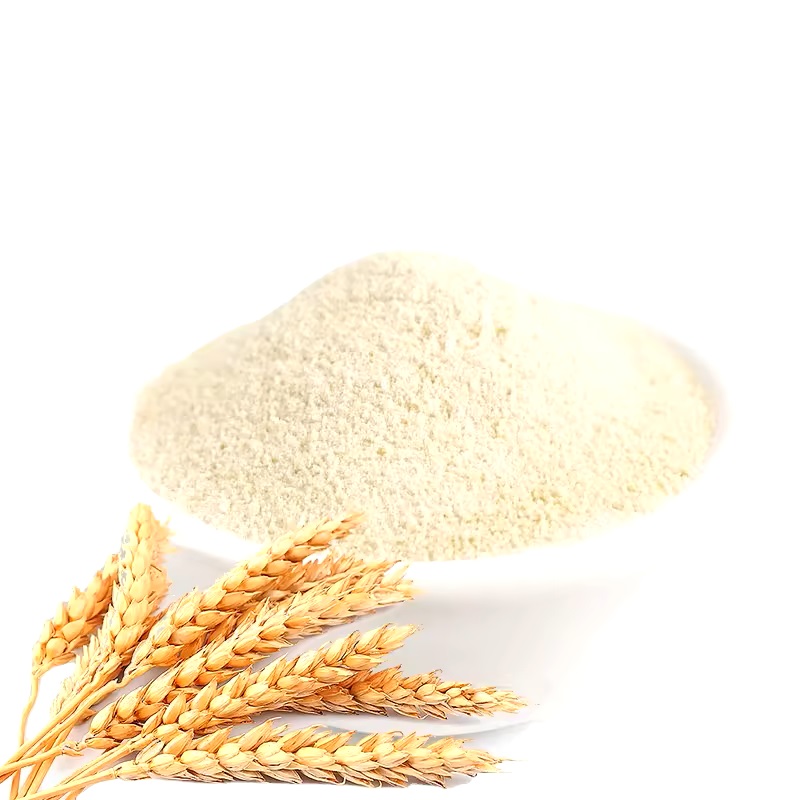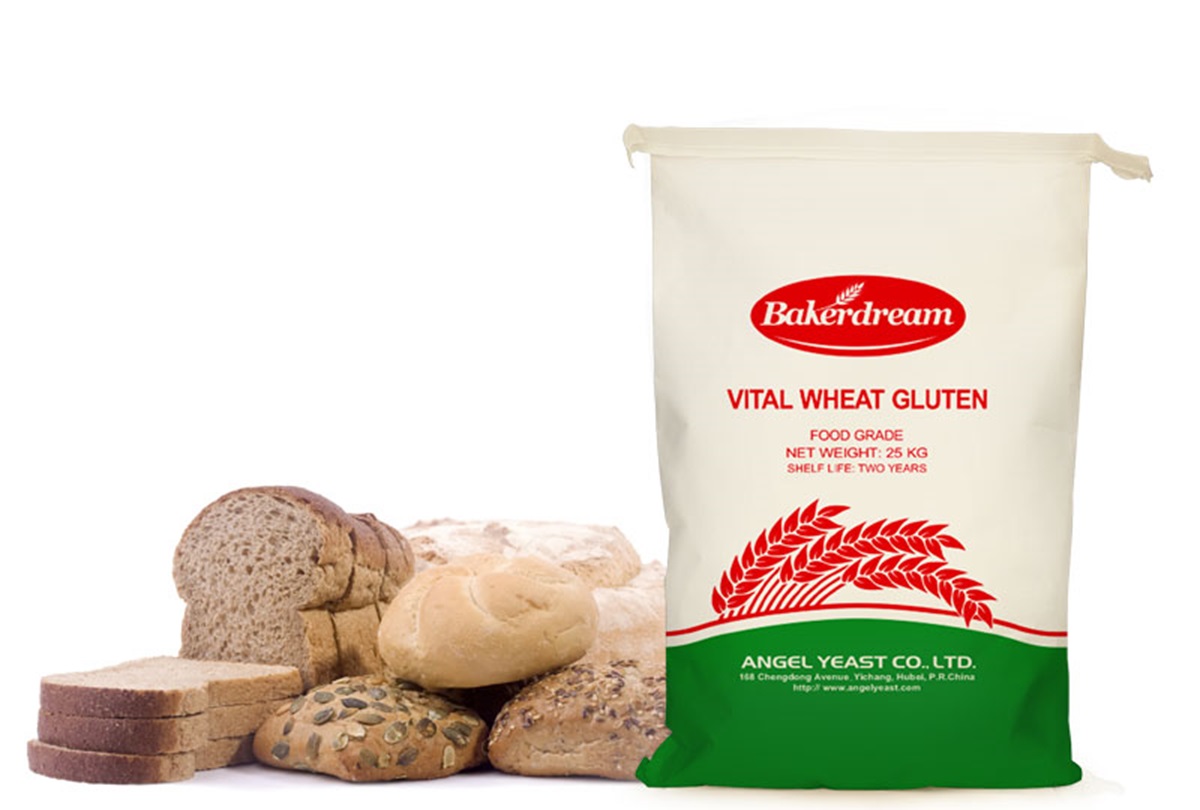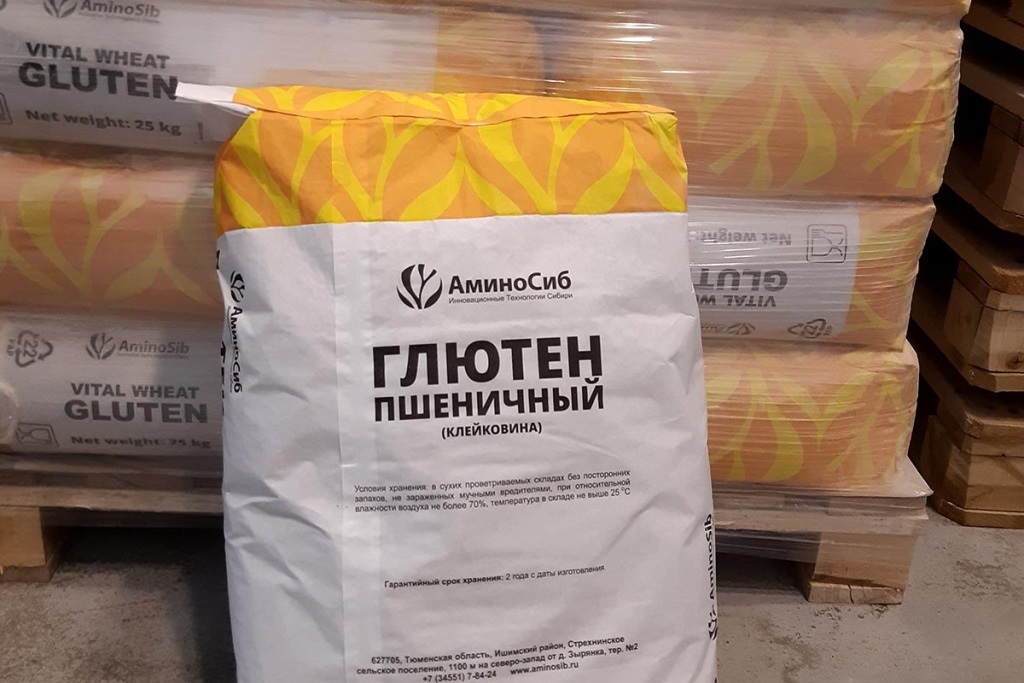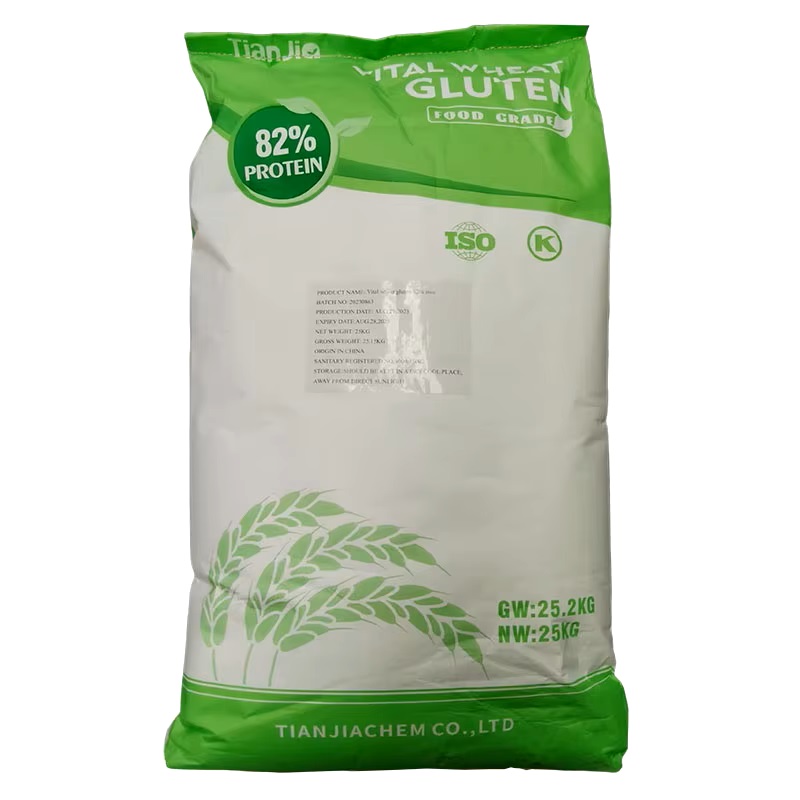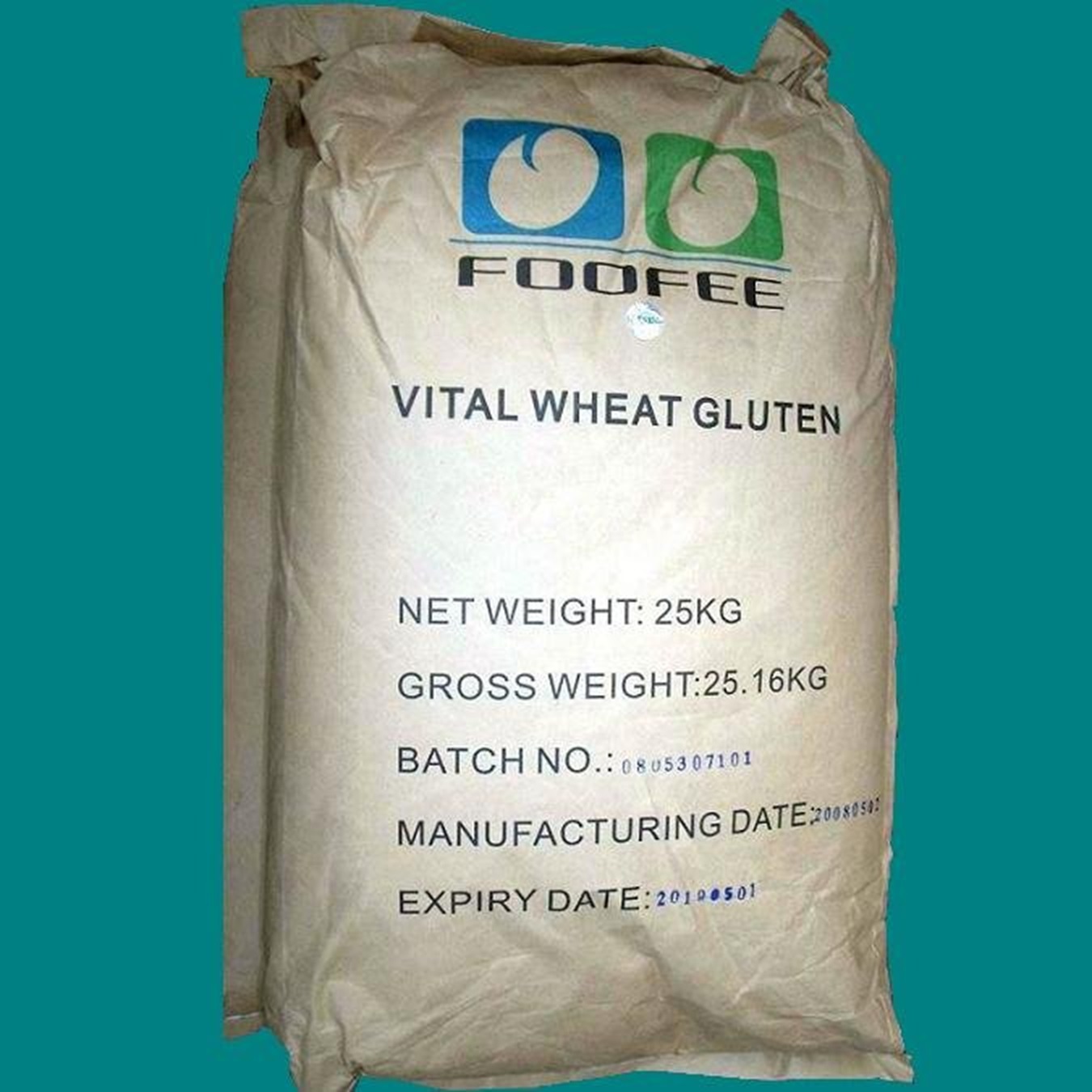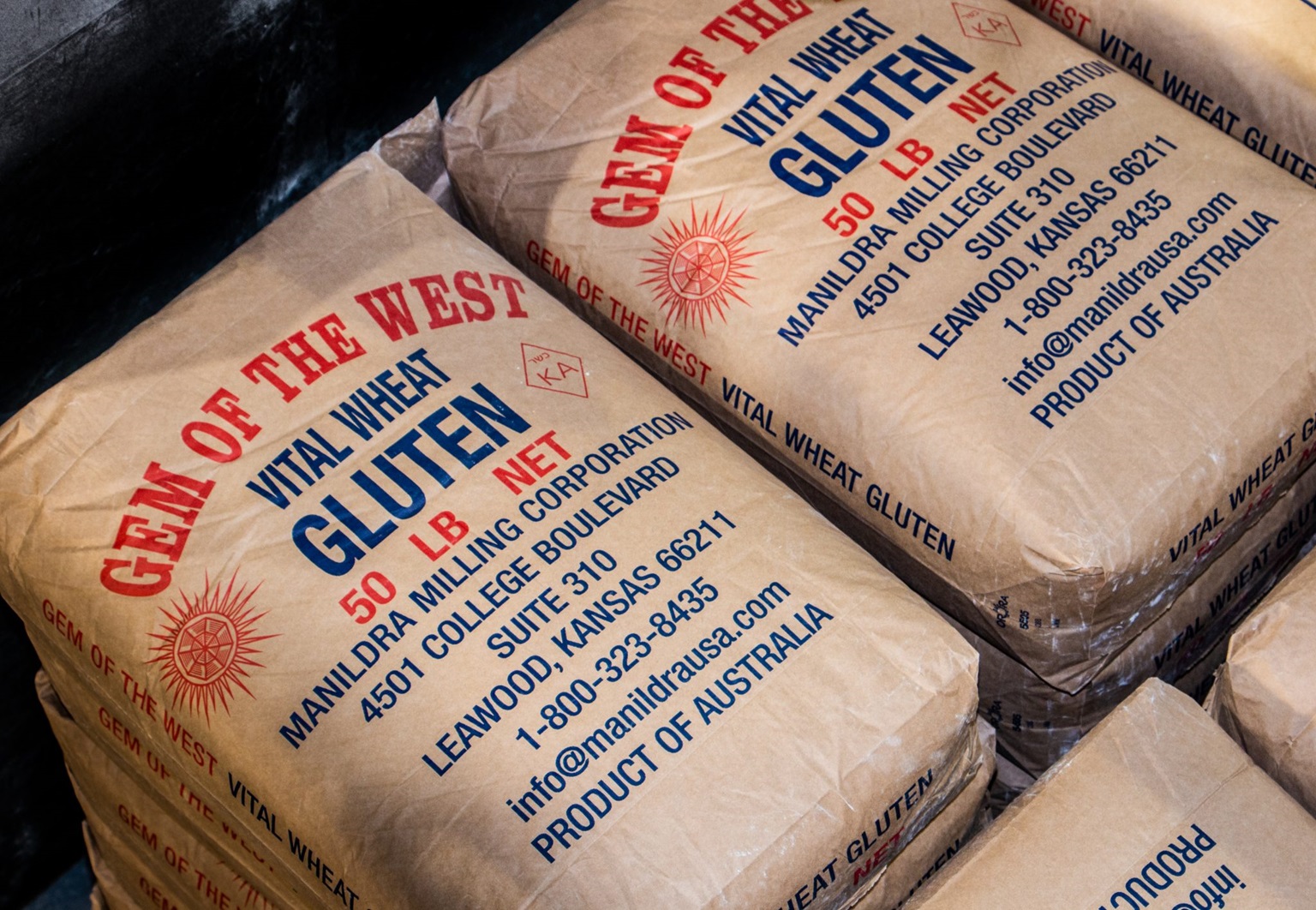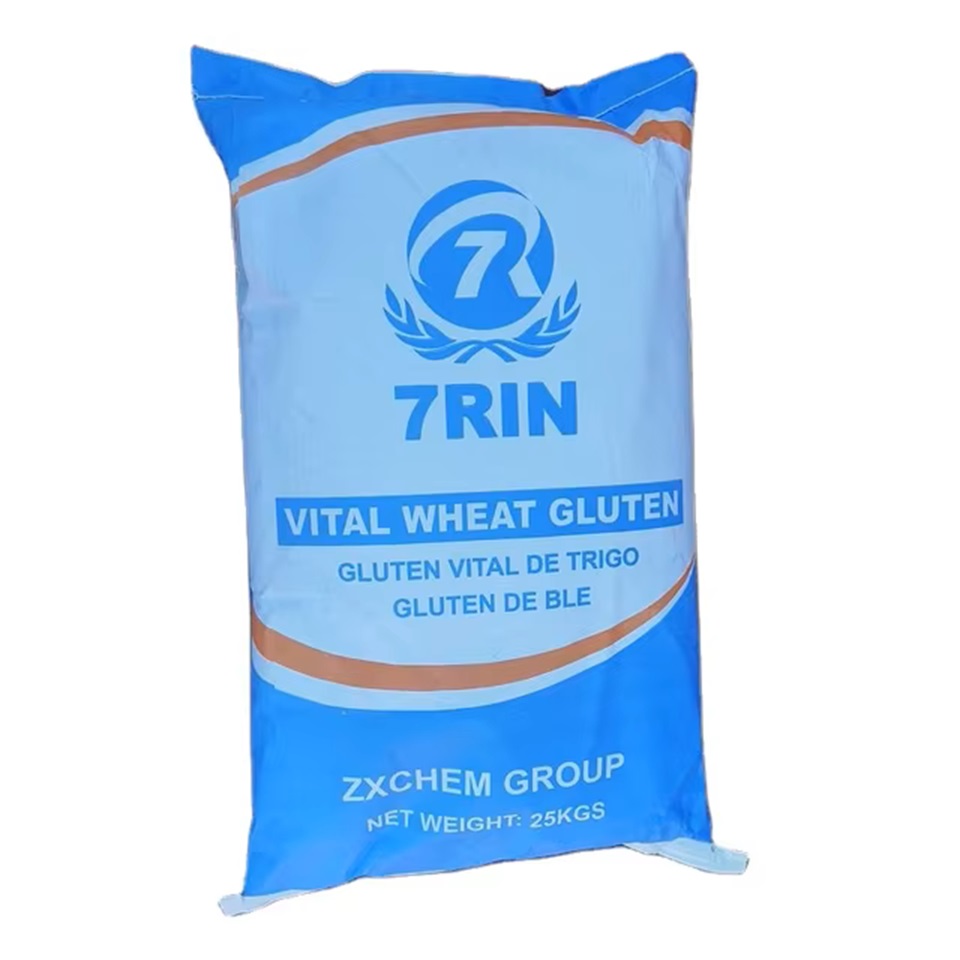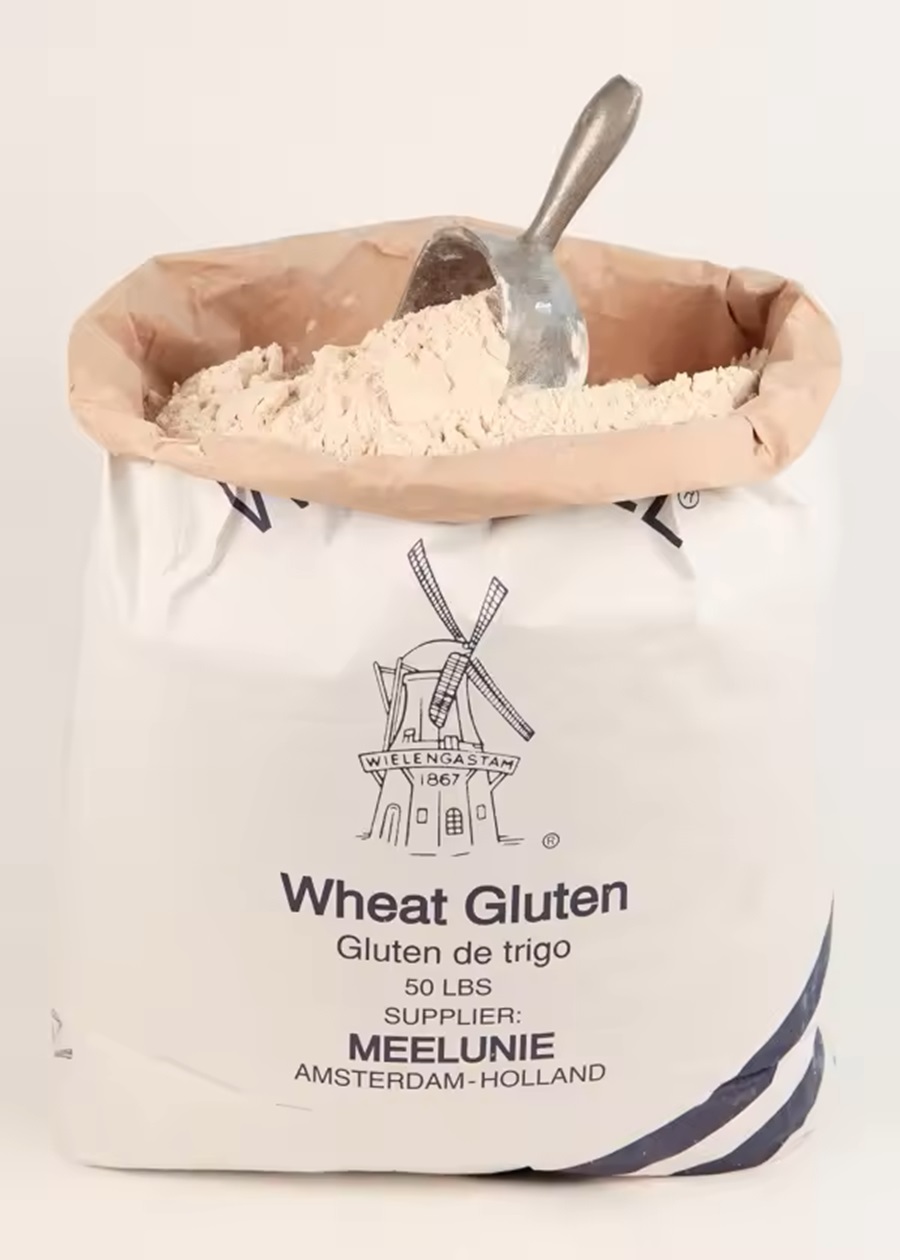We unleash your business potential by maximize the business innovation.
Send EmailGlutens, wheat, Glutens, Vital Gluten, Wheat Gluten, 93384-22-6
| Name | Glutens, wheat |
| Synonyms | vital gluten wheat glutens Glutens, wheat triticum aestivum gluten |
| CAS | 93384-22-6 |
| EINECS | 297-233-5 |
What Is Vital Wheat Gluten?
Active wheat gluten is a high-protein powder extracted from wheat flour. It is a light yellow or off-white fine powder, mainly composed of alcohol-soluble protein and glutenin, with high elasticity and ductility. Active wheat gluten is widely used in a variety of food processing fields due to its excellent functionality and high protein content, meeting the needs of baking, vegetarianism, thickening and nutritional fortification.
Especially in the baking industry, it is used to improve the elasticity and structure of the dough; in addition, it is also used to produce vegetarian meat substitutes, as a thickener and protein supplement to improve the texture and nutritional value of food.
The main methods for preparing food-grade active wheat gluten in China are wet preparation and dry preparation, among which wet preparation is the most mainstream process. In the wet preparation process, wheat flour is mixed with water to form a dough, and starch and soluble components are removed by running water washing to obtain protein-rich wet gluten, which is then dehydrated, dried and ground.
This method can effectively extract alcohol-soluble proteins and glutenin in wheat, retain good elasticity and ductility, ensure the high protein content and excellent functionality of gluten, and is widely used in baking and vegetarian meat substitutes.
In contrast, dry preparation is less used, mainly separating starch and protein in wheat flour by mechanical separation and screening, and is suitable for some specific industrial needs. Although dry preparation has advantages in some cases, wet preparation has become the mainstream preparation process for domestic food-grade active wheat gluten due to its efficient protein extraction and wide application.
Recommended Dosage:
| Food name | Maximum usage(g/kg) |
| Cakes | 5-15 g/kg |
| Cookies | 5-10 g/kg |
| Tart crust | 5-10 g/kg |
| Donuts | 10-20 g/kg |
| Baguette | 15-25 g/kg |
| Veggie burgers | 40-60 g/kg |
| Veggie sausages | 30-50 g/kg |
| Veggie fish fillets | 40-60 g/kg |
| Plant milk | 5-10 g/kg |
| Starch products | 5-10 g/kg |
| Coffee creamer | 5-10 g/kg |
| Meat products | 5-15 g/kg |
| Frozen foods | 5-10 g/kg |
| Ready-to-eat breakfast cereals | 10-20 g/kg |
| Fast food burgers | 10-20 g/kg |
Vital Wheat Gluten Has A Wide Range Of Uses
- Improve dough elasticity and extensibility: Alcohol-soluble proteins and glutenin in active wheat gluten form a viscoelastic network in water, giving the dough good elasticity and extensibility.
- Improve dough structure and texture: Enhance the structural stability of the dough, improve the volume and texture of the flour products, and improve the taste.
- Increase protein content: As a high-protein raw material, it can significantly increase the protein content of food and meet the needs of a high-protein diet.
- Enhance water retention: Improve the water retention of food, extend the shelf life, and prevent food from drying or deteriorating during storage.
- Improve food adhesion: Enhance the adhesion of food, making it easier to shape and more stable in structure.
User Asked Question:
Q: Are gluten flour and vital wheat gluten the same substance?
A: Vital wheat gluten and gluten flour are closely related, but not identical.
Gluten flour is a high-protein flour, usually ground from durum wheat, with a protein content of about 70-80%. It retains a certain amount of starch and other wheat components and is mainly used to make baked goods that require a strong gluten structure, such as bread and pizza dough.
In contrast, vital wheat gluten is a high-concentration protein product extracted from wheat flour. Its preparation process involves mixing wheat flour with water to activate the gluten, then washing to remove the starch, and finally drying the remaining wet gluten into a powder.
Vital wheat gluten usually has a protein content of 75-85% and contains almost no starch. It is widely used to improve the elasticity and structure of dough, make meat substitutes, and as a binder for various foods.
